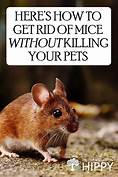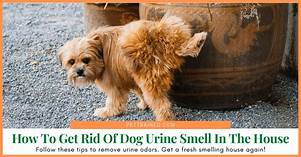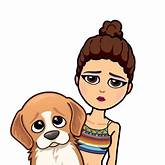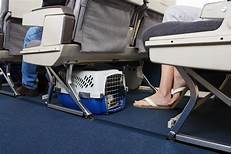What is Pet Fiber?
Pet fibers are a unique and eco-friendly element used in various textile applications. Made from recycled plastic materials such as soda bottles and polyester clothing, pet fibers offer a wide range of benefits. Let's delve into the world of pet fibers and explore their characteristics, advantages, and diverse applications.
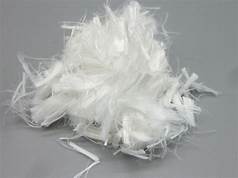
Types of Pet Fibers
There are two main types of pet fibers:
1. Bottle Flake Pet Fibers: These fibers are made from recycled plastic bottles. They are known for their durability, moisture resistance, and affordability.
2. Fiber Flake Pet Fibers: These fibers are made from recycled polyester clothing and other textiles. They are softer and finer than bottle flake pet fibers and are commonly used in high-quality fabrics and blends.
Advantages of Pet Fibers
Pet fibers offer many advantages, including:
1. Environmental Sustainability: Pet fibers are made from recycled materials, which reduces the amount of plastic waste in landfills and oceans. They promote a circular economy and help conserve valuable resources.
2. Durability: Pet fibers are highly durable and resistant to wear and tear. They can withstand repeated washing and drying cycles without losing their integrity or color.
3. Moisture Resistance: Pet fibers are hydrophobic, meaning they repel water. This makes them ideal for outdoor clothing, sportswear, and upholstery fabrics that need to withstand moisture.
4. Cost-Effectiveness: Pet fibers are generally more affordable than other synthetic fibers, making them a cost-effective choice for various applications.
Applications of Pet Fibers
Pet fibers have a wide range of applications, including:
1. Apparel: Pet fibers are used in a variety of clothing items, from activewear and sportswear to casual wear and formal attire. They provide comfort, durability, and moisture-wicking properties.
2. Home Textiles: Pet fibers are commonly found in carpets, rugs, curtains, and upholstery fabrics. Their durability and resistance to stains and fading make them ideal for high-traffic areas.
3. Industrial Fabrics: Pet fibers are used in various industrial applications, such as filter fabrics, conveyor belts, and geotextiles. Their strength and chemical resistance make them suitable for demanding environments.
4. Automotive Interiors: Pet fibers are used in car seats, headliners, and other interior components. They provide durability, comfort, and resistance to wear and tear.
In conclusion, pet fibers are a valuable resource in the textile industry, offering a combination of environmental sustainability, durability, and cost-effectiveness. From clothing to home textiles and industrial applications, pet fibers play a versatile role in our everyday lives.
Declaration: All article resources on this website, unless otherwise specified or labeled, are collected from online resources. If the content on this website infringes on the legitimate rights and interests of the original author, you can contact this website to delete it.

